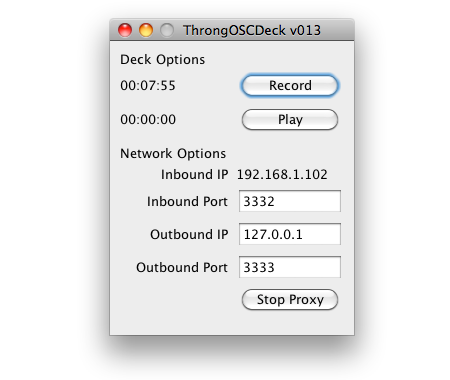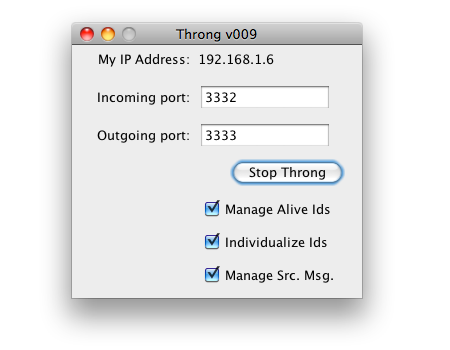As I have read in a comment in the blog accompanying our TUIO AS3 project, there is a software overlay that you can use on a Surface 2 tabletop system to forward the Microsoft touch and fiducial events via TUIO to TUIO-based apps. I have not tried it so far but hopefully I will have …
Continue reading “Surface2TUIO – Microsoft Surface 2 aka Samsung SUR40 TUIO Overlay [Update]”



